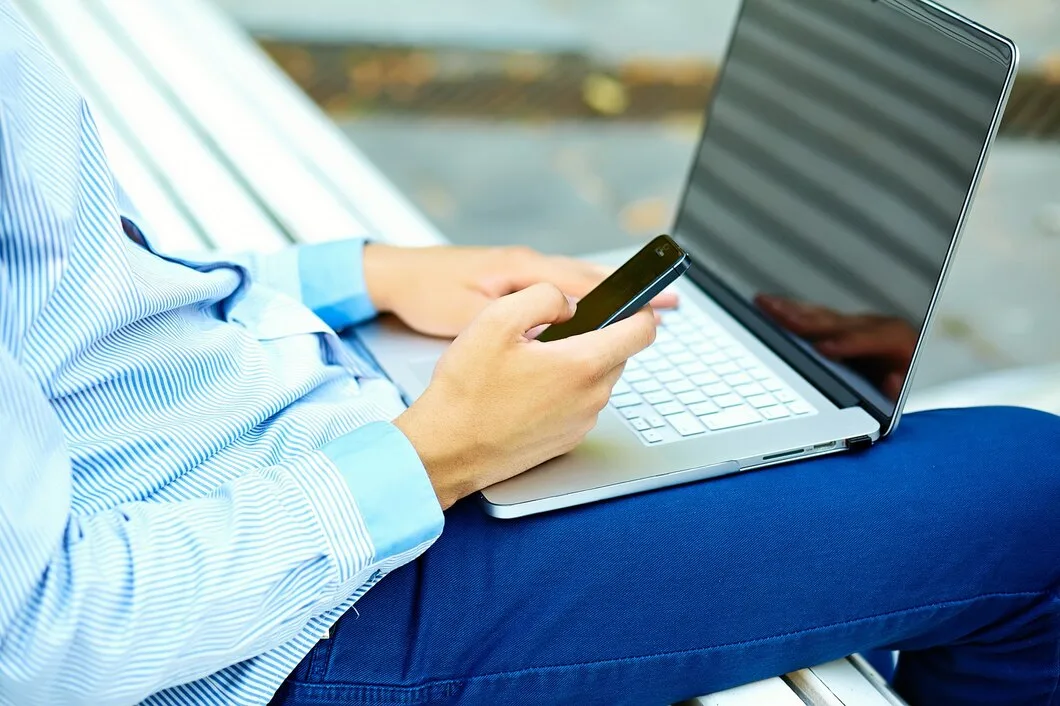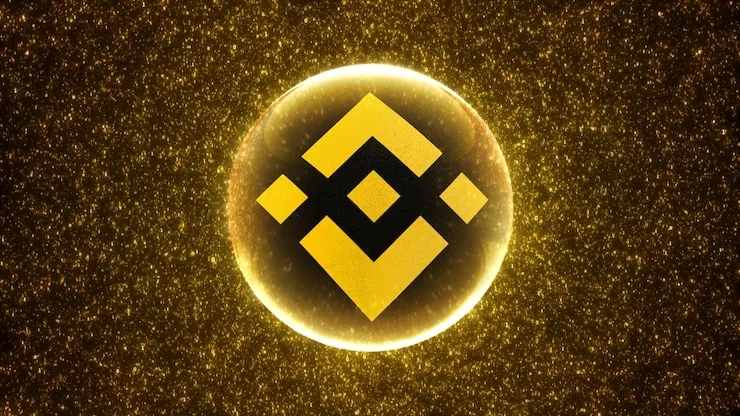- Check Wallet Address: The Ultimate Beginner’s Guide to Secure Crypto Transactions
- Types of Wallet Addresses Explained
- How to Check Wallet Address Correctly
- The Importance of Verifying Wallet Addresses
- Step-by-Step Guide: How to Check Wallet Address Safely
- Common Mistakes When Checking Wallet Addresses
- Tools & Platforms to Check Wallet Addresses
- Security Tips for Beginners
- Real-Life Scenarios of Wallet Address Mistakes
- Frequently Asked Questions
- Conclusion – Mastering How to Check Wallet Address
Check Wallet Address: The Ultimate Beginner’s Guide to Secure Crypto Transactions
Introduction to Wallet Addresses
The world of cryptocurrency is exciting, but it can also feel overwhelming, especially for students and beginners. One of the most important things you’ll need to understand early on is how to check wallet address properly. A wallet address is like your digital bank account number. It’s the unique code that allows you to send and receive crypto safely.
But here’s the catch—unlike traditional banking, if you send your crypto to the wrong wallet address, there’s no “undo” button. That’s why learning how to check wallet address correctly is a must for anyone starting their crypto journey.
In this guide, we’ll break down everything you need to know: what wallet addresses are, how to find them, tools for checking them, common mistakes, and safety tips. By the end, you’ll feel confident and secure whenever you deal with your crypto wallet.
What is a Wallet Address in Cryptocurrency?
A wallet address is a long string of letters and numbers that acts as a destination for cryptocurrency transactions. Think of it as your digital home address. If someone wants to send you Bitcoin, Ethereum, or any other crypto, they’ll need your wallet address.
-
Example of a Bitcoin wallet address:
1BoatSLRHtKNngkdXEeobR76b53LETtpyT -
Example of an Ethereum wallet address:
0x32Be343B94f860124dC4fEe278FDCBD38C102D88
Each blockchain has its own type of wallet address, and they’re not interchangeable. Sending Ethereum to a Bitcoin wallet address, for example, will result in a loss of funds.
Why Wallet Addresses Matter in Digital Transactions
Wallet addresses are central to the idea of decentralization. Unlike bank accounts managed by institutions, wallet addresses are unique to you and stored on the blockchain. They ensure:
-
Transparency: Anyone can verify transactions using public addresses.
-
Security: Funds are tied to private keys, making them accessible only to you.
-
Anonymity: Wallet addresses don’t reveal your real identity, but they’re traceable on the blockchain.
In short, knowing how to check wallet address is not just about convenience—it’s about keeping your money safe.
Types of Wallet Addresses Explained
When you first step into crypto, you’ll quickly notice that not all wallet addresses look the same. Each blockchain network has its own type of address, and knowing the difference is crucial to avoid mistakes. Let’s break it down.
Bitcoin Wallet Addresses
Bitcoin (BTC) wallet addresses usually start with 1, 3, or bc1.
-
Example:
bc1qar0srrr7xfkvy5l643lydnw9re59gtzzwf5mdq -
These addresses can be 26–35 characters long.
There are three common formats:
-
Legacy (P2PKH): Starts with “1”
-
Script (P2SH): Starts with “3”
-
Bech32 (SegWit): Starts with “bc1”
Beginners often use Bech32 since it offers lower transaction fees.
Ethereum Wallet Addresses
Ethereum (ETH) addresses are different. They always start with 0x and are 42 characters long.
-
Example:
0x742d35Cc6634C0532925a3b844Bc454e4438f44e
Ethereum addresses are used not only for ETH but also for tokens built on the Ethereum network, like USDT, LINK, or SHIB.
Other Popular Blockchain Wallets
-
Litecoin (LTC): Addresses start with L, M, or ltc1.
-
Ripple (XRP): Uses short addresses combined with a “destination tag.”
-
Solana (SOL): Very long addresses (over 40 characters).
👉 Key takeaway: Always make sure you know which blockchain your address belongs to. Sending coins to the wrong chain usually means permanent loss.
How to Check Wallet Address Correctly
So how exactly do you find or check your wallet address? It depends on the type of wallet you’re using.
Checking Your Wallet Address in Mobile Wallets
Most mobile wallets (like Trust Wallet, Coinbase Wallet, or MetaMask) make it easy:
-
Open your app.
-
Choose the coin or token.
-
Tap “Receive” to see your wallet address.
-
Copy it or share it via QR code.
How to Find Your Address on Desktop Wallets
If you’re using desktop software wallets like Exodus or Electrum:
-
Launch your wallet.
-
Select the asset (BTC, ETH, etc.).
-
Click “Receive.”
-
Copy your wallet address.
Using Blockchain Explorers to Verify Addresses
Blockchain explorers are free tools that let you check wallet address and transaction history.
-
For Bitcoin: Blockchain.com Explorer
-
For Ethereum: Etherscan.io
Simply paste the address, and you’ll see transaction details, balances, and confirmations.
The Importance of Verifying Wallet Addresses
Verifying your wallet address may feel repetitive, but it can save you from costly mistakes.
Avoiding Mistakes in Crypto Transfers
Unlike bank transactions, crypto transactions are irreversible. If you send your BTC or ETH to the wrong wallet, there’s no customer support to help you.
How Scammers Use Fake Wallets
Hackers use “clipboard hijacking malware” that changes the wallet address you paste. Always double-check that the first and last characters of the address match.
Best Practices for Double-Checking Addresses
-
Compare the first 4 and last 4 characters before sending.
-
Use QR codes to avoid typing errors.
-
Make a test transfer with a small amount first.
Step-by-Step Guide: How to Check Wallet Address Safely
Now, let’s put theory into practice. Here’s a foolproof process for beginners.
Copy & Paste with Caution
-
Always copy your wallet address directly from your wallet app.
-
Paste it carefully and confirm it didn’t change in the process.
QR Codes and Mobile Scans
-
QR codes are safer since they prevent typing mistakes.
-
Use your wallet app’s built-in scanner for payments.
Cross-Checking with Transaction History
-
Check past transactions on your wallet or blockchain explorer.
-
Confirm the address is consistent with your previous transfers.
Common Mistakes When Checking Wallet Addresses
Even experienced users make mistakes. Here are some to avoid.
Typing Errors and Lost Funds
Manually typing a 30–40 character wallet address is risky. A single mistake can send funds to the wrong wallet permanently.
Sending to Wrong Blockchain
One of the most common beginner errors is sending tokens across blockchains incorrectly. For example:
-
Sending ETH to a BTC address.
-
Sending USDT (ERC-20) to a BEP-20 address.
Always confirm the blockchain network before transferring.
Trusting Suspicious Sources
Never copy wallet addresses from random websites, social media posts, or emails. Scammers often impersonate exchanges and trick users into sending funds.
Tools & Platforms to Check Wallet Addresses
Here are some reliable tools for verifying wallet addresses.
Blockchain.com Explorer (BTC)
One of the oldest and most trusted Bitcoin explorers. It shows transactions, balances, and confirmations.
Etherscan.io (ETH)
A go-to tool for Ethereum users. It lets you check tokens, contracts, and wallet activity.
Binance & Exchange Wallet Address Check
If you’re using exchanges like Binance, Coinbase, or Kraken, you can generate deposit addresses from your account dashboard. Always use the official exchange app or website.
Security Tips for Beginners
Let’s recap the golden rules of safety.
Use Official Wallets and Explorers
Stick to wallets like Trust Wallet, MetaMask, or hardware wallets (Ledger, Trezor). Avoid shady apps.
Avoid Phishing and Fake Sites
Scammers create websites that look like real explorers. Always check the domain name carefully.
Enable 2FA and Backup Recovery Phrases
-
Turn on 2-factor authentication (2FA).
-
Store your seed phrase offline in a safe place.
Real-Life Scenarios of Wallet Address Mistakes
Mistakes happen—even to experienced users.
Case Study: Lost Bitcoin Due to Wrong Address
In 2020, a user accidentally typed a wrong Bitcoin address and lost over 2 BTC. The funds were irrecoverable, proving the importance of double-checking addresses.
How Exchanges Handle Wrong Transfers
Most exchanges cannot refund wrong transfers, especially if they’re across different blockchains. Some may help in rare cases, but recovery is not guaranteed.
Frequently Asked Questions
Conclusion – Mastering How to Check Wallet Address
For students and beginners entering the crypto world, learning how to check wallet address is one of the most important safety skills. It’s not just about convenience—it’s about protecting your hard-earned funds.
By understanding wallet address types, using explorers, avoiding mistakes, and following best practices, you can ensure that every crypto transaction is safe and secure.
👉 Remember: Double-checking your wallet address takes seconds, but it can save you thousands of dollars. Stay safe, stay alert, and embrace the future of digital finance with confidence.




Discussion (0)